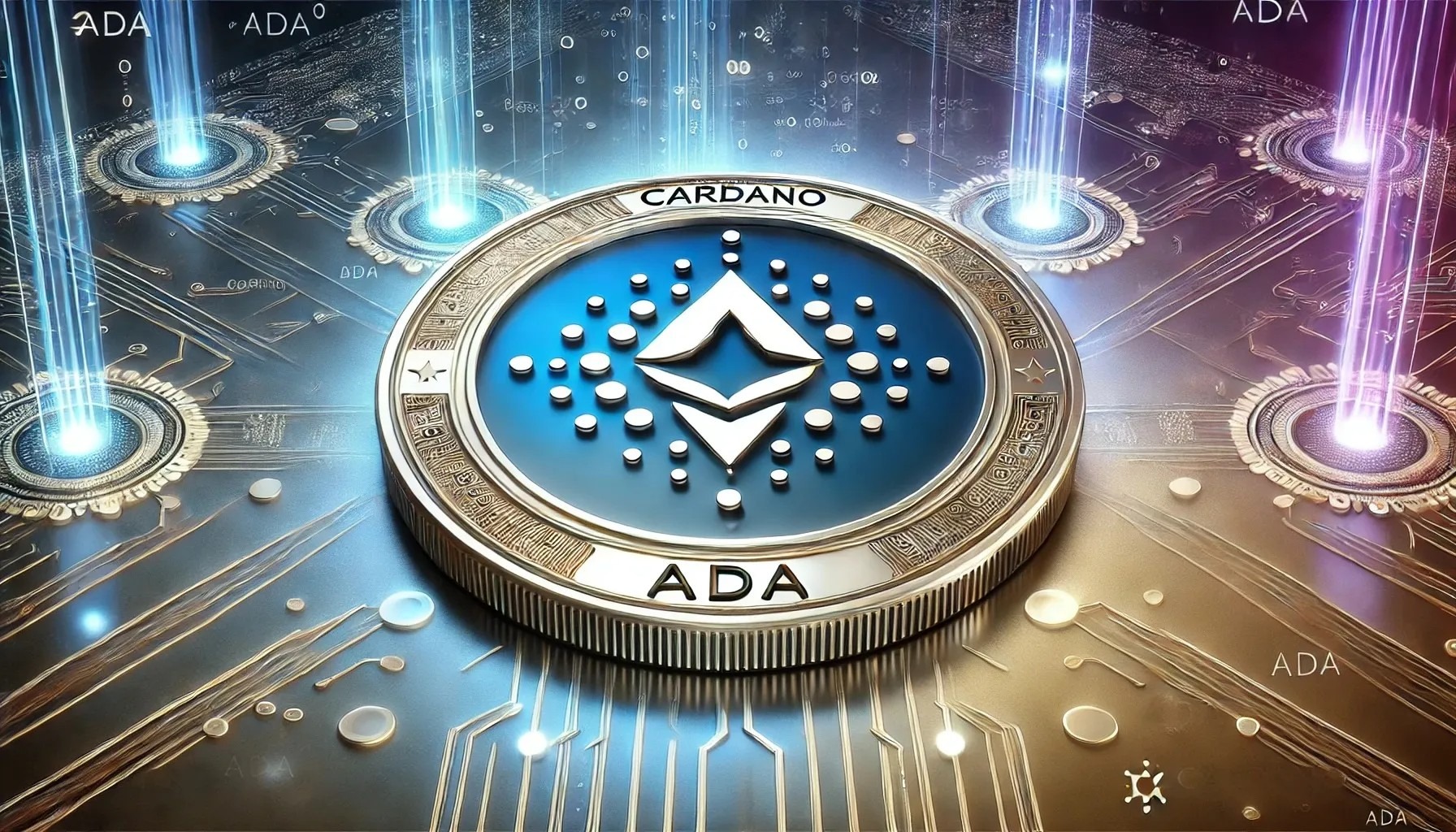Cardano is a blockchain platform designed with a focus on sustainability and energy efficiency, offering a unique approach compared to other blockchain projects like Bitcoin and Ethereum. Built on the principles of security, scalability, and sustainability, Cardano aims to transform the way decentralized applications (dApps) and smart contracts are developed. By using a research-driven approach and a proof-of-stake consensus mechanism, Cardano provides a promising future for blockchain technology with minimal environmental impact.
Cardano’s Unique Approach to Blockchain
Cardano distinguishes itself from other blockchain platforms by utilizing the Ouroboros protocol, a proof-of-stake consensus mechanism. Unlike Bitcoin’s proof-of-work, which requires massive energy consumption, Cardano’s proof-of-stake system ensures significantly lower energy usage while still maintaining a secure and decentralized network. Ouroboros achieves this by allowing participants to validate transactions based on the amount of ADA they hold and are willing to “stake” in the network, making it both energy-efficient and secure. This sustainable approach is one of the core principles that Cardano was built upon.
The use of formal methods and peer-reviewed academic research in the design of Cardano also sets it apart. Cardano is not just a platform but an ecosystem built upon decades of scientific research, ensuring its solutions are robust, scalable, and efficient. This research-driven approach provides Cardano with a foundation that is sustainable in both technology and long-term growth.
Also Read: Litecoin: The Silver to Bitcoin’s Gold
Environmental Impact and Sustainability
One of the standout features of Cardano is its commitment to sustainability. The blockchain uses a proof-of-stake consensus, which has far less environmental impact compared to Bitcoin’s proof-of-work system. Bitcoin’s network consumes an immense amount of electricity due to the mining process, while Cardano’s system, based on staking rather than mining, is far more energy-efficient. The Ouroboros protocol at the heart of Cardano minimizes its carbon footprint by reducing the need for energy-intensive computations.
Cardano’s dedication to sustainability doesn’t stop at energy efficiency; it extends to the overall ecosystem. The team behind Cardano actively works on projects aimed at reducing the environmental impact of blockchain technology and developing solutions that promote sustainable practices. As blockchain technology becomes increasingly mainstream, Cardano’s commitment to minimizing its ecological footprint makes it an appealing choice for environmentally conscious developers and investors.
Decentralization and Governance
Cardano places a significant emphasis on decentralization and governance, which are essential for creating a sustainable and autonomous blockchain ecosystem. Cardano’s decentralized nature allows anyone to participate in its network by running a stake pool, making the system more secure and less reliant on centralized entities. This decentralization ensures that the power is distributed across the network, which is crucial for the long-term sustainability and integrity of the platform.
Governance is also a critical component of Cardano’s sustainability. Through Project Catalyst, Cardano employs a decentralized treasury and governance model that enables ADA holders to propose and vote on changes to the ecosystem. This ensures that the community has control over the direction of the blockchain and allows for continuous improvement based on community-driven needs and suggestions. The governance model fosters transparency and helps maintain the blockchain’s sustainability by aligning with the interests of all stakeholders.
Smart Contracts and dApps on Cardano
Cardano has integrated a smart contract platform called Plutus, which enables developers to build decentralized applications (dApps) securely and efficiently. Unlike other blockchain platforms that struggle with scalability and security issues, Cardano’s smart contract system ensures high levels of security by using a formal verification process. This allows developers to create smart contracts that are less prone to errors and vulnerabilities, contributing to the platform’s overall sustainability.
The scalability and efficiency of Cardano’s smart contract system are also crucial for sustainability. As decentralized applications grow in popularity, Cardano’s architecture ensures that the network can handle increasing demand without compromising performance. By enabling efficient, secure, and scalable dApps, Cardano is setting the stage for a future where blockchain technology can support a wide range of industries while remaining environmentally conscious and sustainable.
Cardano’s Ecosystem and Use Cases
Cardano’s ecosystem extends beyond just its blockchain and cryptocurrency, aiming to solve real-world challenges with a focus on sustainability. The platform has been integrated into various industries, including agriculture, education, and finance, with the goal of improving efficiency and transparency while reducing environmental impact. Cardano’s blockchain has the potential to create sustainable solutions in developing countries by providing decentralized finance options and helping communities access resources they might otherwise lack.
Moreover, Cardano has formed partnerships with governments, NGOs, and enterprises to bring about social and economic development. These collaborations often focus on addressing critical sustainability issues, such as environmental conservation, financial inclusion, and access to education. By supporting projects that contribute to sustainable development, Cardano is proving that blockchain technology can play a role in creating positive societal impact while maintaining ecological responsibility.
Conclusion
Cardano represents a significant step forward in the development of sustainable blockchain technology. With its energy-efficient proof-of-stake consensus, emphasis on decentralization, and commitment to building a secure and scalable ecosystem, Cardano is well-positioned to shape the future of blockchain. Its focus on sustainability goes beyond just reducing energy consumption, extending to its governance models, smart contracts, and real-world use cases. As the platform continues to evolve, Cardano has the potential to lead the way in creating a more sustainable and inclusive blockchain future.

Review & Discussion